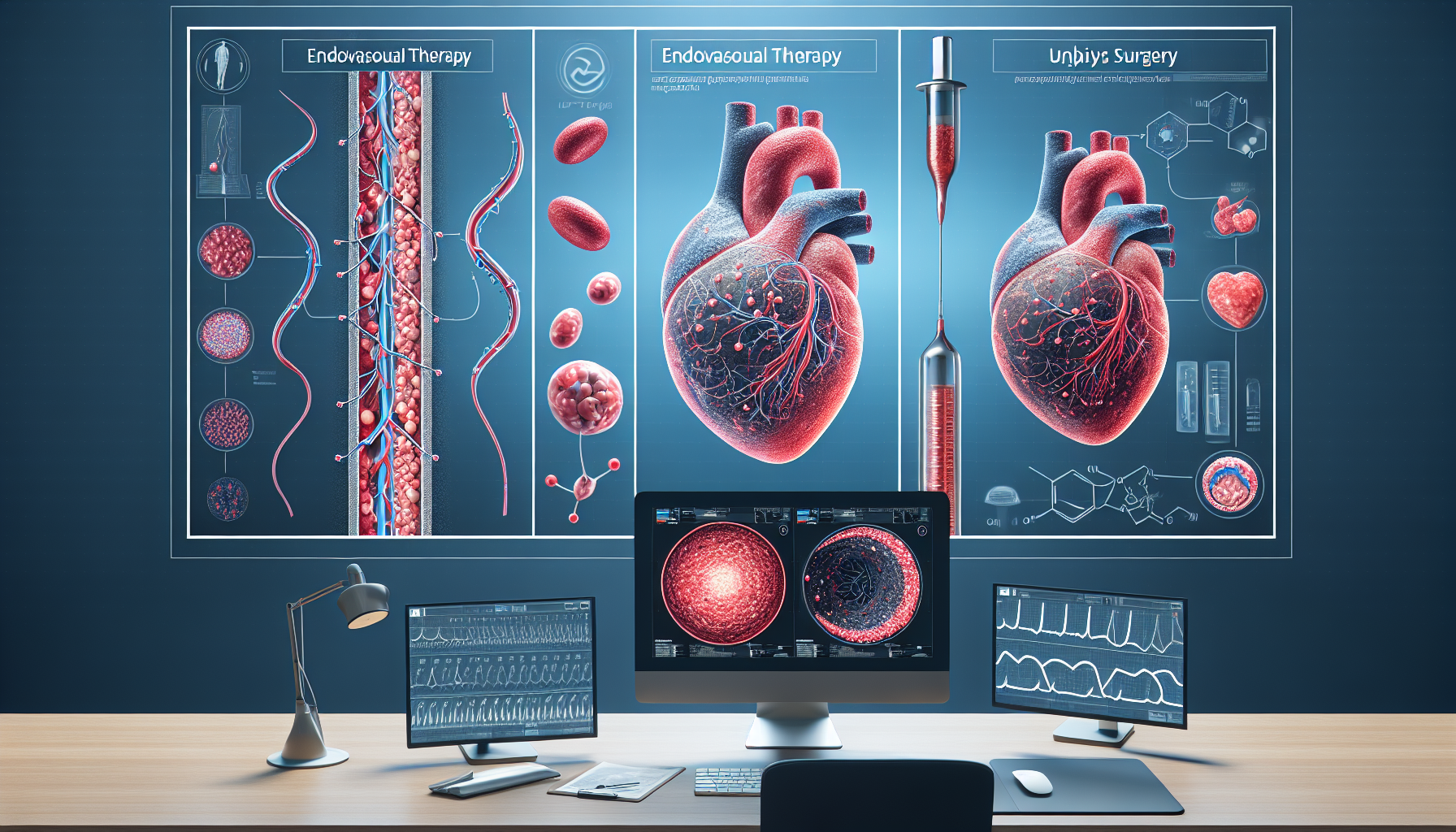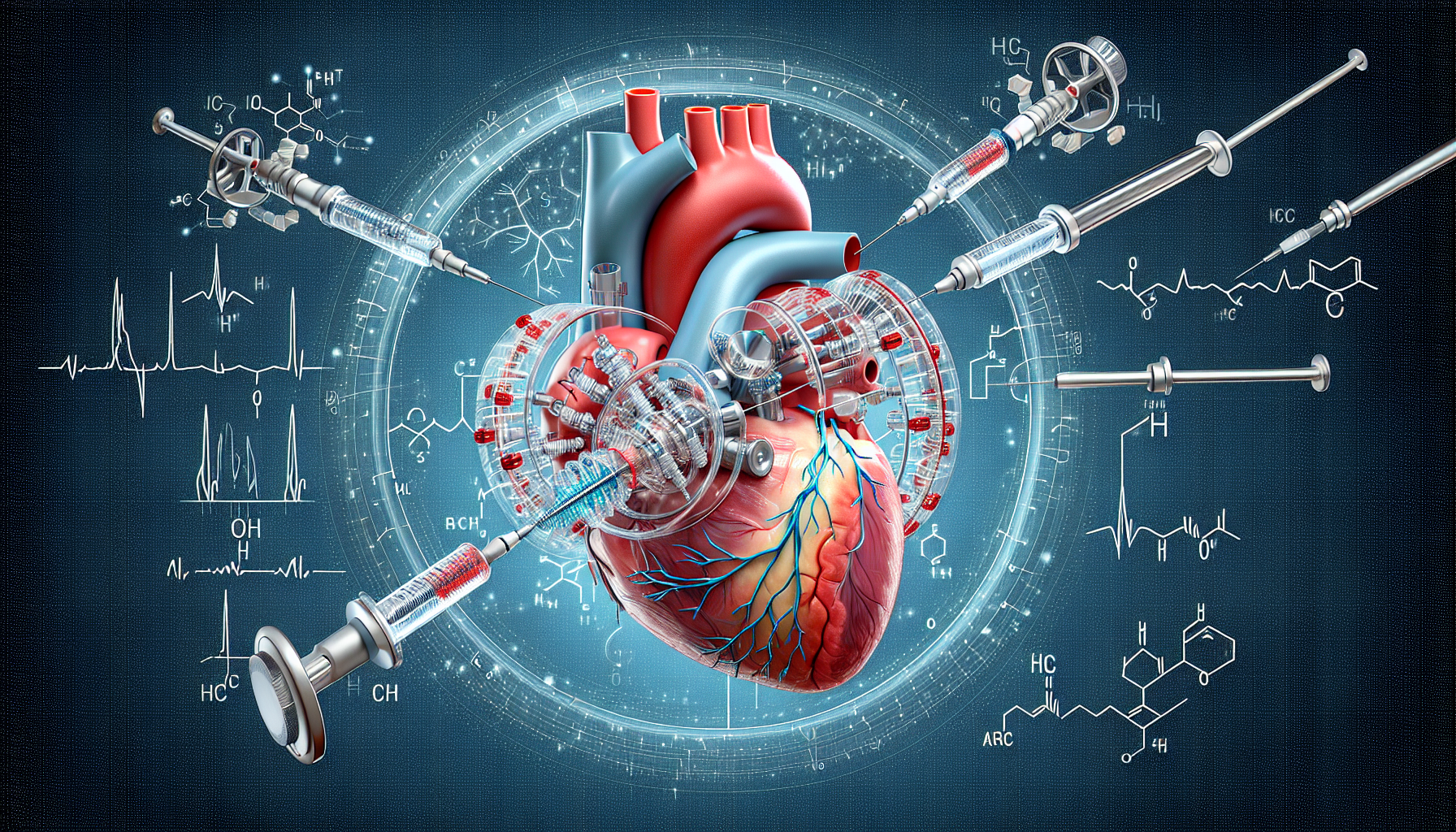Breakthrough Treatment for Atrial Fibrillation: Dual-Energy Ablation Catheter
Key Takeaways
- Dual-energy ablation shows higher success rates for AF treatment.
- The technology significantly reduces procedural time.
- Nonthermal energy offers targeted treatment reducing damage to non-cardiac tissues.
Did You Know?
Introduction to Dual-Energy Ablation
A new study has shown that using a dual-energy ablation catheter, which combines pulsed field and radiofrequency energies, can be a highly effective treatment for persistent atrial fibrillation (AF). This new method, which contrasts with traditional thermal energy techniques, is being hailed for its potential safety and efficiency.
Study Overview and Findings
The SPHERE Per-AF noninferiority trial, published in Nature Medicine and presented at Heart Rhythm 2024, observed 420 participants with symptomatic persistent AF. The participants, averaging 67 years in age and mostly male, were treated with either the innovative mapping/ablation system paired with a large-tip catheter or with a standard radiofrequency ablation. The trial aimed to compare the new system’s performance against conventional methods regarding effectiveness and safety.
The Technology Behind Dual-Energy Ablation
Unlike traditional thermal-based ablation techniques, this new system employs pulsed electronic signals to break down cell membranes, altering their electrical conduction. This process is nonthermal, thereby reducing risks associated with heat damage. Benefits include rapid, high-resolution mapping capabilities and the ability to target specific tissues effectively while avoiding surrounding non-cardiac tissues.
Effectiveness of the Dual-Energy Catheter
The trial's primary efficacy endpoint was met by 73.8% of the patients treated with the dual-energy system, compared to 65.8% in the control group using conventional methods. This indicates a higher success rate for achieving freedom from serious procedure or device-related adverse events and recurrence of AF or other arrhythmias.
Safety Outcomes
Concerning safety, the study reported major device or procedure-related complications in three patients from the intervention group and two from the control group. These findings were not significantly different, suggesting that the new system is comparable in safety to traditional methods.
Procedural Efficiency
One of the standout benefits of the dual-energy catheter is the reduced time required for ablation procedures. Energy application, ablation, and overall procedural times were significantly faster, which could lead to treating more patients efficiently.
Importance for Patients with AF
This technology is especially promising for addressing the backlog of patients awaiting AF ablation. The quicker procedural times may open up opportunities for more patients to receive timely treatment, potentially improving outcomes and reducing waiting periods.
The Role of Nonthermal Energy
Using nonthermal pulsed field energy is critical in situations where non-cardiac tissues, such as the esophagus, could be adversely affected by traditional thermal ablation. This specificity helps in reducing potential complications during the ablation process.
Future Implications
The success of the dual-energy catheter could lead to broader adoption in medical practices, enhancing the treatment landscape for patients with persistent AF. Ongoing studies and real-world applications will further determine its long-term efficacy and safety.
Conclusion
This innovative approach to atrial fibrillation treatment represents a significant advancement. With improved safety, efficacy, and procedural efficiency, the dual-energy ablation catheter could become a new standard in AF treatment, offering hope to many patients.






